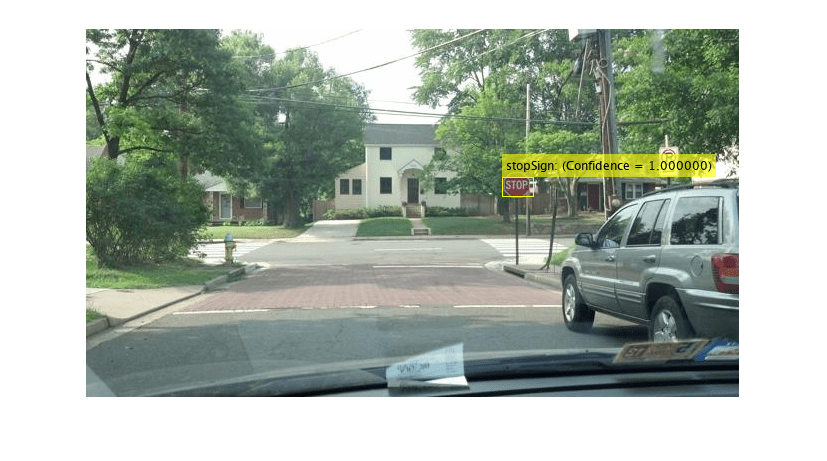detect
(Not recommended) Detect objects using R-CNN deep learning detector
The detect function and R-CNN object detectors are not recommended.
Use a different type of object detector instead. For more information, see Version History.
Syntax
Description
bboxes = detect(detector,I)I using an R-CNN (regions with
convolutional neural networks) object detector. The locations of objects detected are
returned as a set of bounding boxes.
When using this function, use of a CUDA® enabled NVIDIA® GPU is highly recommended. The GPU reduces computation time significantly. Usage of the GPU requires Parallel Computing Toolbox™. For information about the supported compute capabilities, see GPU Computing Requirements (Parallel Computing Toolbox).
[___,
also returns a categorical array of labels assigned to the bounding boxes, using either of
the preceding syntaxes. The labels used for object classes are defined during training
using the labels] = detect(detector,I)trainRCNNObjectDetector function.
[___] = detect(___,
detects objects within the rectangular search region specified by
roi)roi.
[___] = detect(___,
specifies options using one or more name-value arguments in addition to any combination of
arguments from previous syntaxes.Name=Value)
